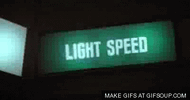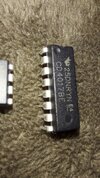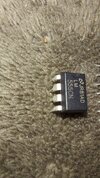First time posting here.
So, I'm wanting to recreate a scene in the movie Spaceballs where Dark Helmet puts his ship into Ludicrous Speed.
There is 3 illuminated signs in the scene.
The first sign illuminates, stays illuminated and then about 2 seconds later the second sign illuminates.
In about 2 seconds the third sign illuminates. But the third sign blinks on and off.
Would it be necessary to use and program a micro controller to achieve this?
Or can it be done with simple components?
I've never used a micro controller in a circuit before. So it will be a learning experience.
There will be a total of six 3mm LED's in the circuit powered by 5v USB.
Any insight would be greatly appreciated.
Thank you.
So, I'm wanting to recreate a scene in the movie Spaceballs where Dark Helmet puts his ship into Ludicrous Speed.
There is 3 illuminated signs in the scene.
The first sign illuminates, stays illuminated and then about 2 seconds later the second sign illuminates.
In about 2 seconds the third sign illuminates. But the third sign blinks on and off.
Would it be necessary to use and program a micro controller to achieve this?
Or can it be done with simple components?
I've never used a micro controller in a circuit before. So it will be a learning experience.
There will be a total of six 3mm LED's in the circuit powered by 5v USB.
Any insight would be greatly appreciated.
Thank you.




